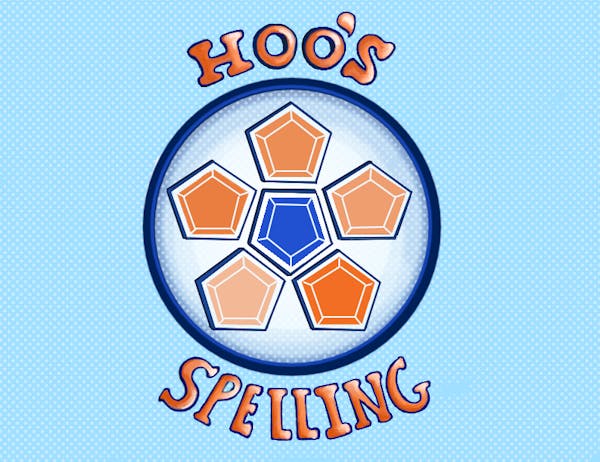Sitting in his room atop Newcomb Hall,director Bill Ashby surrounds himself with maps and plans of his vision for the University's future.
Ashby has overseen the design and planning for what he envisions as a new University Commons on Grounds, since taking over the reins from 2003 College graduate Steven Reinemund, who had previously spearheaded the project.
"We're trying to create something that's really unique," Ashby said.
Though he does not predict that such a structure could be completed much before the end of the decade, Ashby sees the addition of a viable student structure as essential for the long-term strength of the University.
Planning for the future
One of the goals in designing a new student center is to better integrate central Grounds. Though a final site has yet to be chosen, proposed locations would serve to connect existing student spaces.
One site between Newcomb and Peabody Hall, for example, could provide an internal connection with Clemons Library, eventually creating a path between study areas in Alderman Library and dining facilities in Newcomb.
To this end, Ashby is coordinating the project in partnership with the offices of the University Library and Dining Services.
Similarly, another proposed location near Nameless Field would connect a newly renovated Memorial Gymnasium with Clemons Library and the rest of central Grounds. As the University continues to grow with the future addition of dormitories along Emmet Street and Ivy Road, having a student center to bridge that area of Grounds with the current academic center could become desirable.
A long time coming
Since Student Council first passed a resolution calling for a new student center nearly half a decade ago, generations of students have had an opportunity to weigh in on the process. Last month, architects from the firm Venturi, Scott, Brown & Associates held two days of meetings with students and administrators as part of their preparations for a design proposal.
This follows in the footsteps of a feasibility study completed by facility planners Brailsford & Dunlavey in 2002, which highlighted the present deficiencies of Newcomb Hall.
In 1996, Bill Harmon, current University senior vice president and then-vice president for student affairs, prepared a wish list of six or seven capital improvement projects to enhance student life at the University. Of those on the list, a few have come to fruition, including construction of a new Observatory Hill Dining Hall at the intersection of Alderman and McCormick Roads. The relocation of University Career Services from Garrett Hall to Bryant Hall in Scott Stadium also was included on the list.
Based on growth estimates for the next 50 years, Harmon said he is not sure continuing to utilize Newcomb Hall as a student center would be its most effective use. Instead, he said he would like to see smaller satellite centers placed closer to where students live around Grounds.
While the new O-Hill has been planned to incorporate performance and gathering space, Reinemund said further initiatives to extend student space to other parts of Grounds, including the new John Paul Jones Arena, were never fully developed. This was the result, he said, of a desire to maintain a centralized area for student, faculty and alumni interaction.
Originally, Madison Hall served as the University's student center after it was leased from the YMCA in 1934, according to the Newcomb Hall Web site. Since the construction of Newcomb Hall in 1958, multiple structures have taken its place. When Miller Hall was slated for demolition at the end of the last decade to make way for a new Special Collections Library, the Offices of Admissions and the Dean of Students were relocated to Peabody Hall, displacing student organization space.
Since then, designers of new structures have attempted to include limited student space in creative ways.
Reinemund said when he attended the University plans were underway to add a café to the ground entrance level of Wilson Hall. Though the project was later scrapped due to fire safety concerns, the momentum behind the project has lived on in the form of other similar initiatives.
Finding a vision
In the spring of 2003, Reinemund, along with another student, Matt Pritchard, embarked on a road trip to study campuses at the Universities of Indiana, Maryland, Michigan and elsewhere in order to better understand the strengths and weaknesses of contemporary student centers.
The project to build a new student center initially was the brainchild of Reinemund, who helped design and fundraise for a similar project at his private high school in Texas.
"He was a person who knew how to get things done," Harmon said.
Reinemund said he initially hoped the University would break ground on a new center last spring, though that has proven to be little more than a pipe dream. The last renovations to Newcomb took about eight years to plan and around three more to complete.
In the meantime, however, what Reinemund considered the first phase of the project already has been completed. In 2002, a wooden walkway was constructed between Newcomb and Clemons Library, providing an alternate path for students during the construction of the nearby Special Collections Library, at a cost of a few thousand dollars.
The remaining phases of the project, building a new structure and renovating Newcomb, are expected to cost significantly more.
As a result, Council, which once entertained public forums to gather input on ideas for the new center, recently has considered implementing an ad hoc committee to coordinate necessary student involvement in such a project.
"There are so many projects going on at the University right now, that if there isn't a strong grassroots effort behind the project, it's not going to happen," Ashby said.






